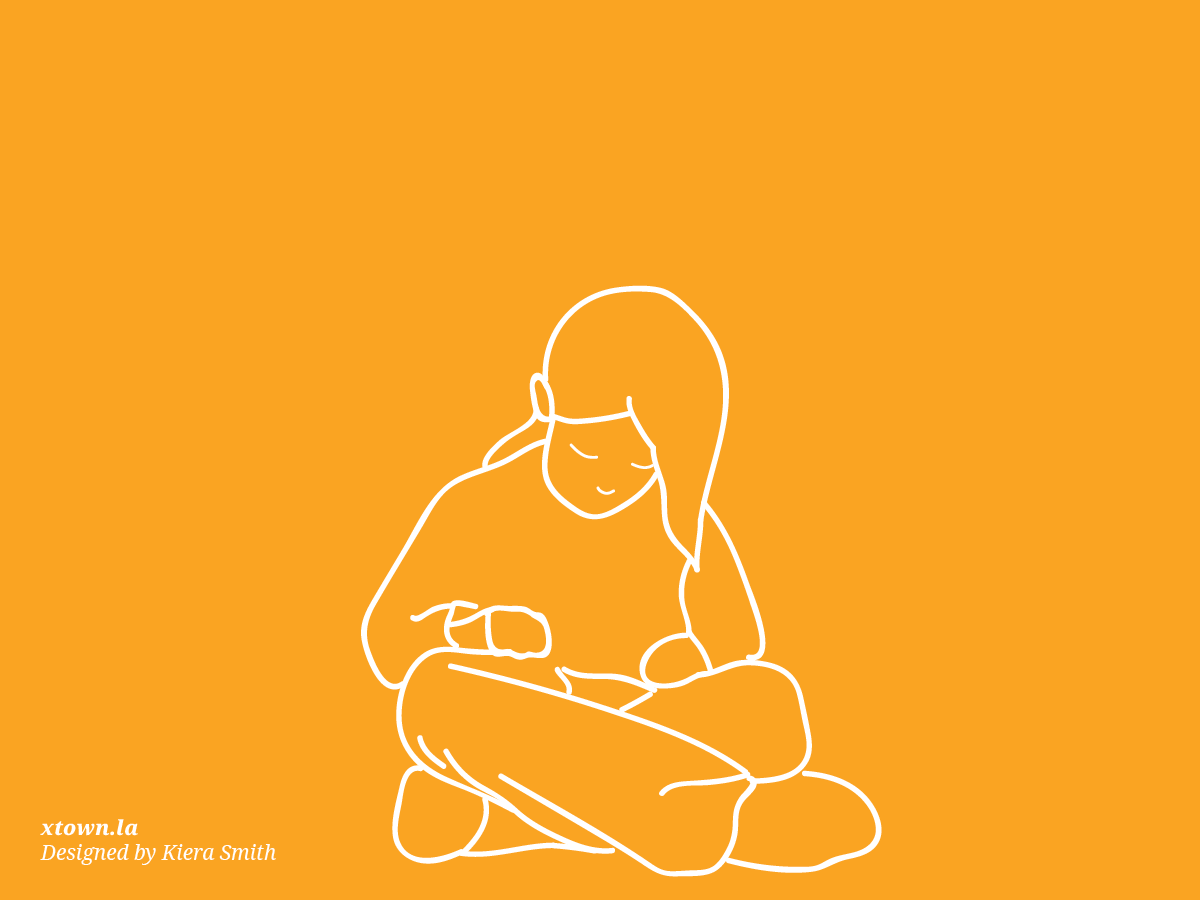The Detective: Don’t give drugs to a minor

Here are a couple of recent anomalies in LAPD data found by the Detective, our data-crawling robot, and aggregated by the robot’s human assistant, Kate Lý Johnston.
? The kids have gone wild! At 4 p.m. on Jan. 4, a 14-year-old Hispanic girl was given drugs by a family member in her home in Florence.
The data doesn’t indicate which drugs the victim received. It is common for families to grapple with how to deal with their children’s potential drug use, especially as more states legalize recreational marijuana. Parents are even writing into advice columnists on this issue. California might be one of the states that legalized recreational marijuana, but it is illegal for adults to give drugs to someone under 21.
Still, crime code 865, “Drugs to a Minor,” is a surprisingly rare instance in LAPD data. This is the first reported case of drugs to a minor in 2020, and there were only eight in total in 2019.
It has also appeared only 48 times in the LAPD crime database since 2010. That number is probably lower due to data entry errors (in a few cases, the victim’s age is listed as 46 or 58 – clearly not the ages of a minor).
? Conspiracy happens at all levels of society — just ask Paul Manafort. (The former Trump campaign manager pleaded guilty to “conspiring against the United States.”)
At 4:40 p.m. on Jan. 24, a conspiracy reportedly took place at a drugstore in Reseda.
According to LAPD data, the suspect was wearing a mask, a hoodie, gloves, and a handkerchief, which feels a little too V for Vendetta for real life. The perpetrator was even caught on video, according to the data.
The report doesn’t indicate the crime the suspect was conspiring to commit, but at least they looked cool doing it.
There have been only 56 cases of conspiracies reported to the LAPD since 2010, with three taking place in 2019. The biggest year for conspiracies was actually 2010, with six reported instances overall.
How we did it: At Crosstown, we examine publicly available crime report data from multiple Los Angeles County law enforcement agencies. We have a robot on the team called the Detective that scans the LAPD publicly available data for anomalies. LAPD officers tag most crime reports in their system with MO codes, for “modus operandi,” Latin for operating method or style. The MO codes are shorthand for describing what happened in a crime incident.
For neighborhood boundaries, we rely on the borders defined by the Los Angeles Times. Learn more about our data here.
LAPD data only reflect crimes that are reported to the department, not how many crimes actually occurred. In making our calculations, we rely on the data the LAPD makes publicly available. On occasion, LAPD may update past crime reports with new information, or recategorize past reports. Those revised reports do not always automatically become part of the public database.
Want to know how your neighborhood fares? Or simply just interested in our data? Email us at askus@xtown.la.






